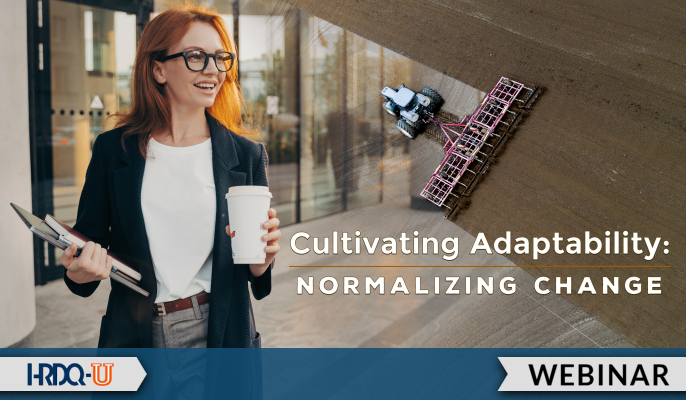
More and more, individuals, teams, and organizations are realizing they simply cannot stay the same, and yet, at the same time, they find change very hard to implement. In this webinar, we will discuss the need to normalize change to strive in these volatile times, and we will begin to understand why our very own survival instincts would make this a difficult task. We will explain how the hormones of stress keep us in familiar patterns of thinking and feeling and how these patterns prevent us from exploring the unknown. Participants will then learn how they are uniquely designed to be creators and how we are all equipped with the capacity to make thought more real than anything else. Finally, participants will understand the need for self-regulatory techniques to move into a state of being that is open to change and better suited for exploring the unknown. The participants will be left with an on-the-go self-regulatory tool to begin their own journey toward normalizing change.
Ken Scott serves as a coach, consultant, and trainer. He has worked with all levels of an organization, from senior executive VPs to individuals, adding value for the customer. He has a deep desire to help individuals evolve to higher levels of performance and enjoyment. This empowers them to change themselves and contribute to changing their organization from the inside out. Ken has been practicing the work of Dr. Joe Dispzena since 2012 and became a HeartMath-certified NeuroChangeSolutions consultant in 2020, teaching the work of Dr. Joe and HeartMath to individuals, teams, and organizations both locally and internationally.
Ken’s background is in Manufacturing and Engineering. This background keeps him grounded in the desire for science and research-based solutions to personal and organizational challenges. Ken has committed himself to continuing his exploration of the ever-evolving scientific understandings of personal change and transformation both for himself and for his clients.
Connect with Ken at TransformationCoachingLLC.com
Training Tools for Developing Great People Skills
This event is sponsored by HRDQ. For 45 years HRDQ has provided research-based, off-the-shelf soft-skills training resources for classroom, virtual, and online training. From assessments and workshops to experiential hands-on games, HRDQ helps organizations improve performance, increase job satisfaction, and more.
Learn more at HRDQstore.com
“I have learned a great deal in listening to this webinar and am excited to attend the next one!”
Alexis J.
“I love these short little webinars, especially when I walk away with several highlight/light bulb moments in just one hour! Easy to fit into your workday!!”
Jacki S.
“This webinar was very well planned and executed. The presenter was amazing and presented the information in a very tangible way.”
Fenita P.

Sign up for more as a member of HRDQ-U
HRDQ-U offers much of its learning content free to visitors, including live and select webinars, blog posts, and more, with new events and posts shared every week. However, there is much more learning available. You can access our complete library of on-demand webinars and other training events and content by simply signing up.
3 Responses
This webinar was so insightful and full of tips for people like myself who are hesitant about change. The science behind our emotions was enlightening and I look forward to putting Ken’s tips into practice. Anyone who struggles with change will absolutely benefit from attending this webinar.
Ken provides a well-documented and evidence-based approach to how to effectuate change. However, he does it in a very calm and easy to understand/master manner. I appreciate his laid-back attitude filled with scientific data. This webinar was enjoyable and beneficial.
Pre-webinar discussion: Imagine everyone on your team or even your entire organization as being masters of change. What if every person had the same language and understanding of change, how would you and your company benefit from normalizing change?